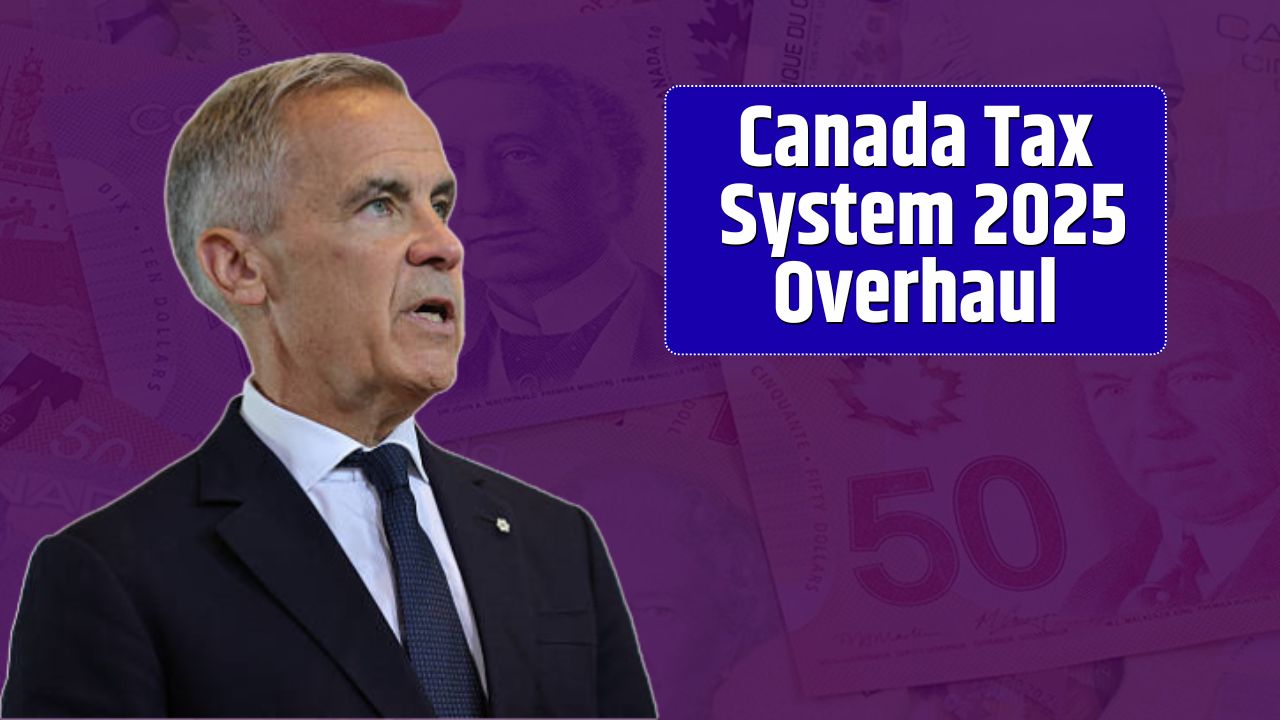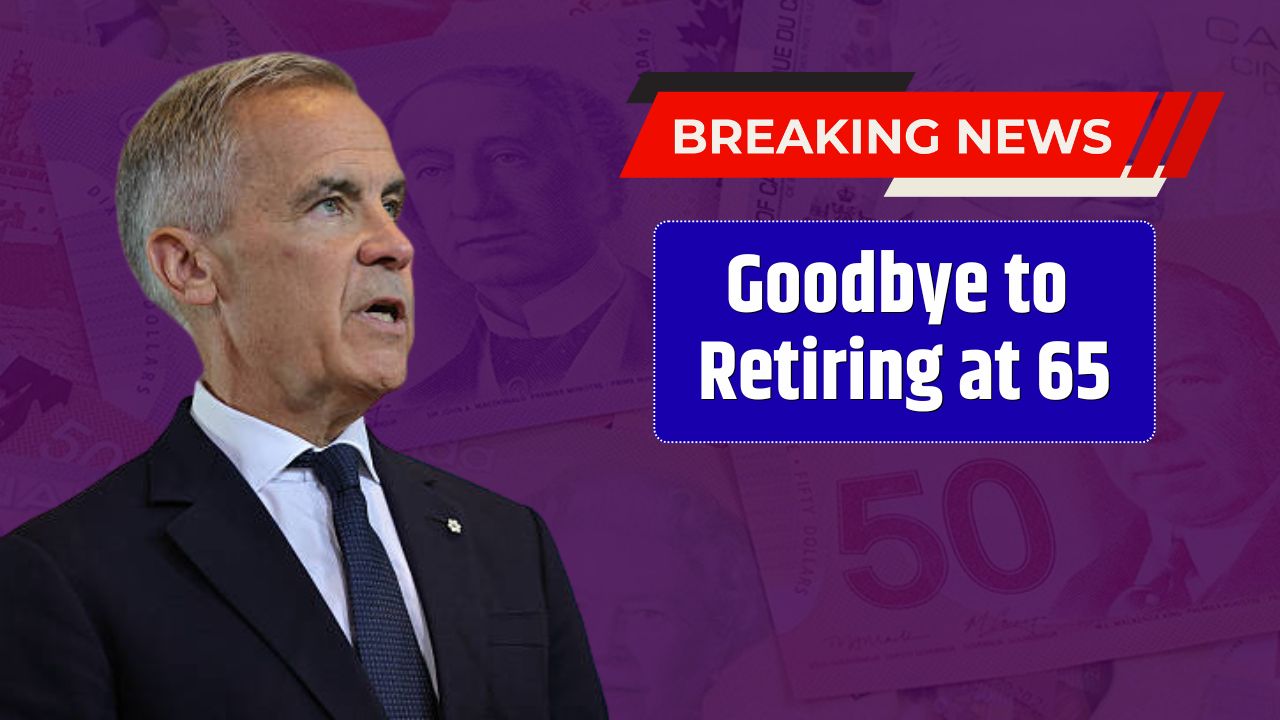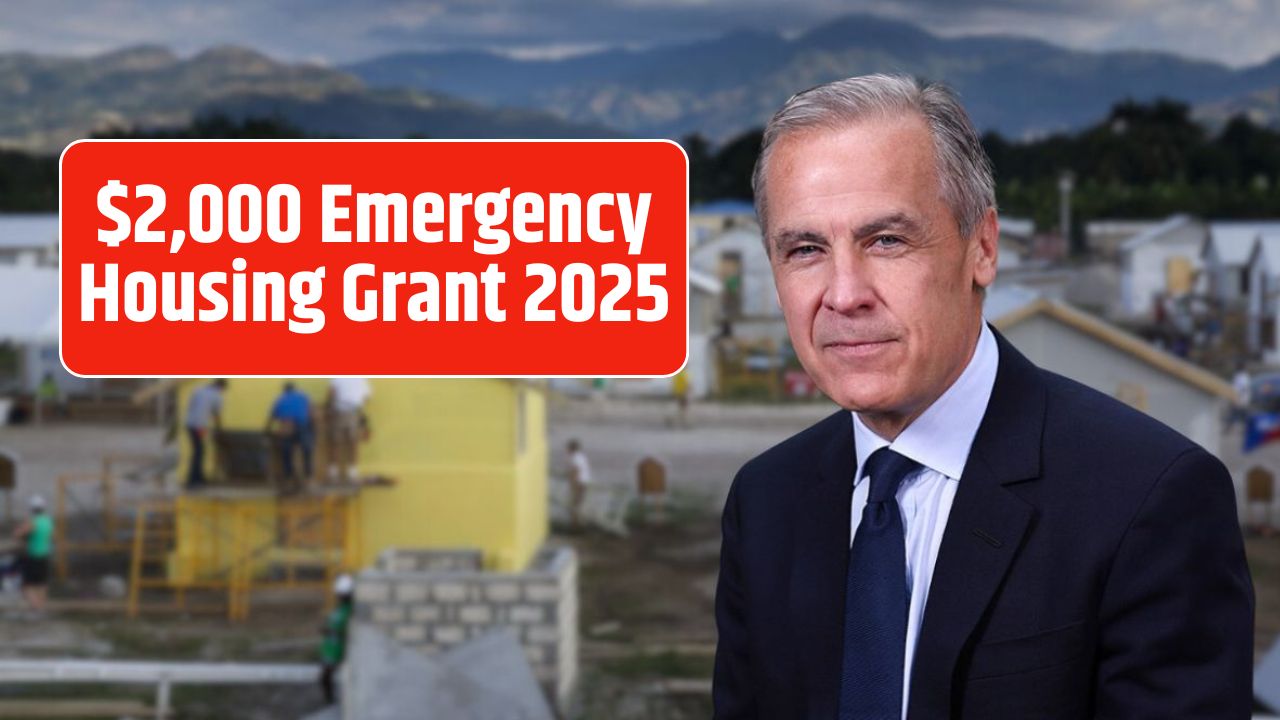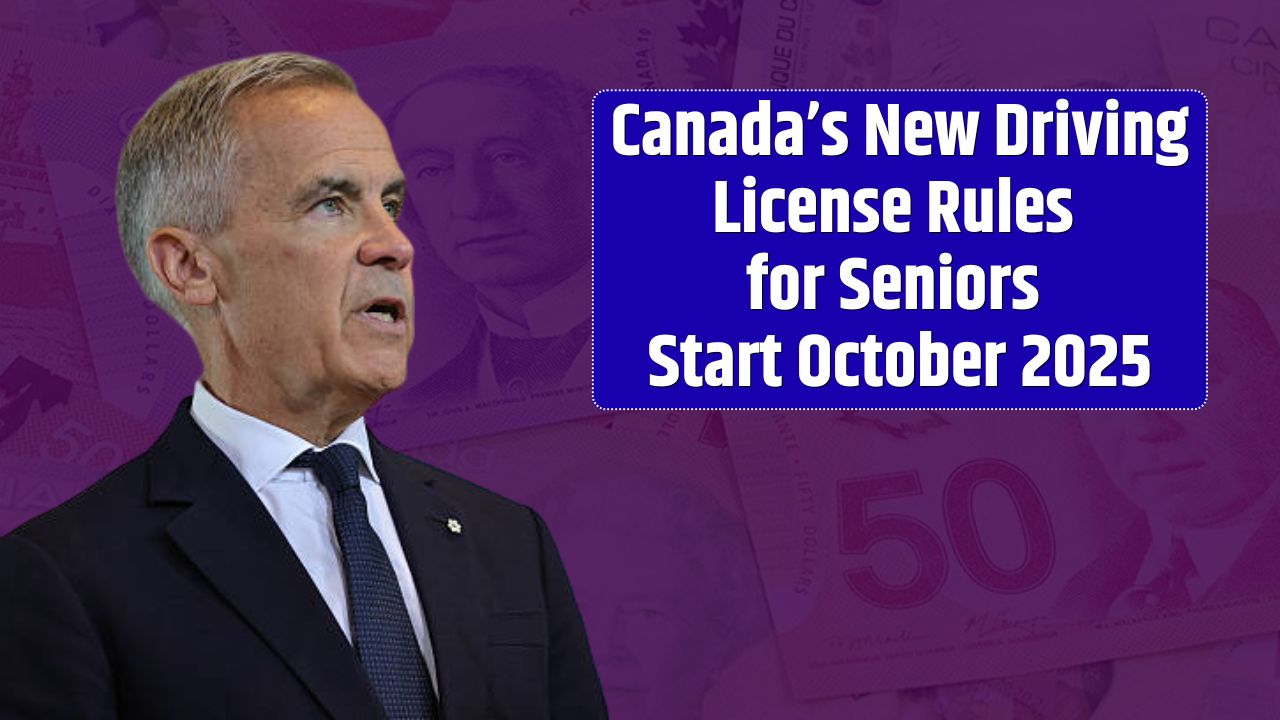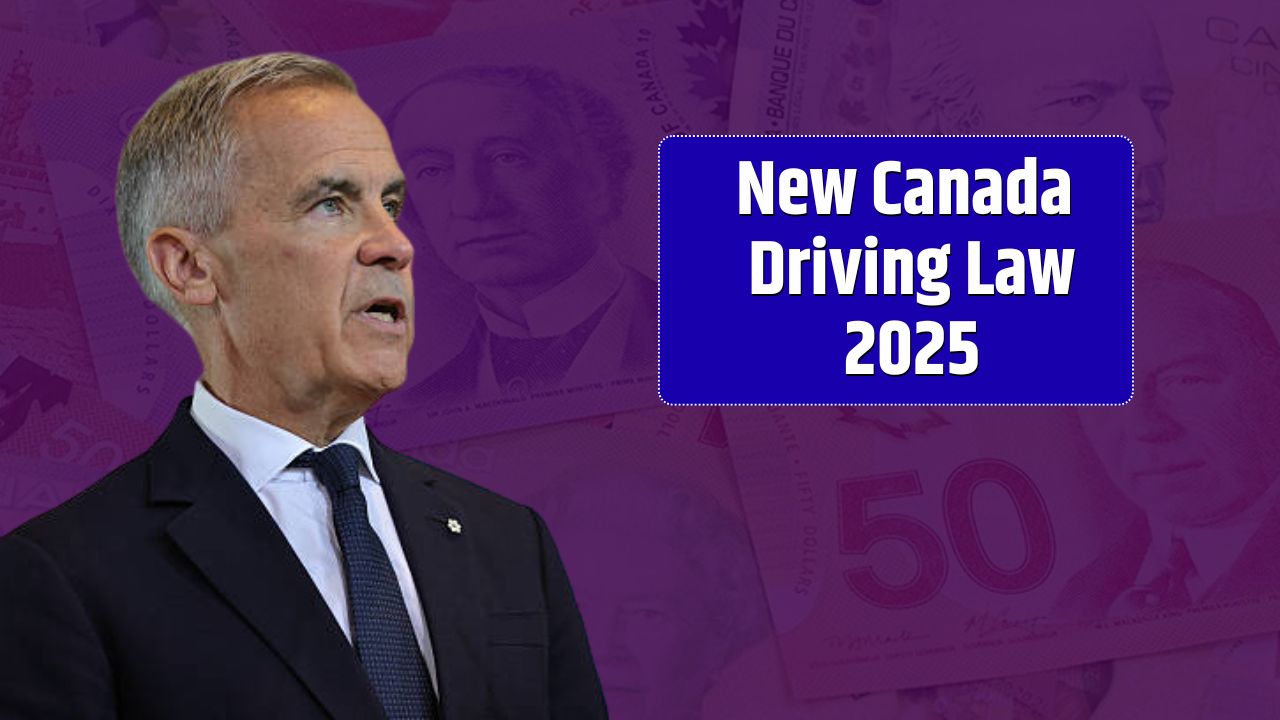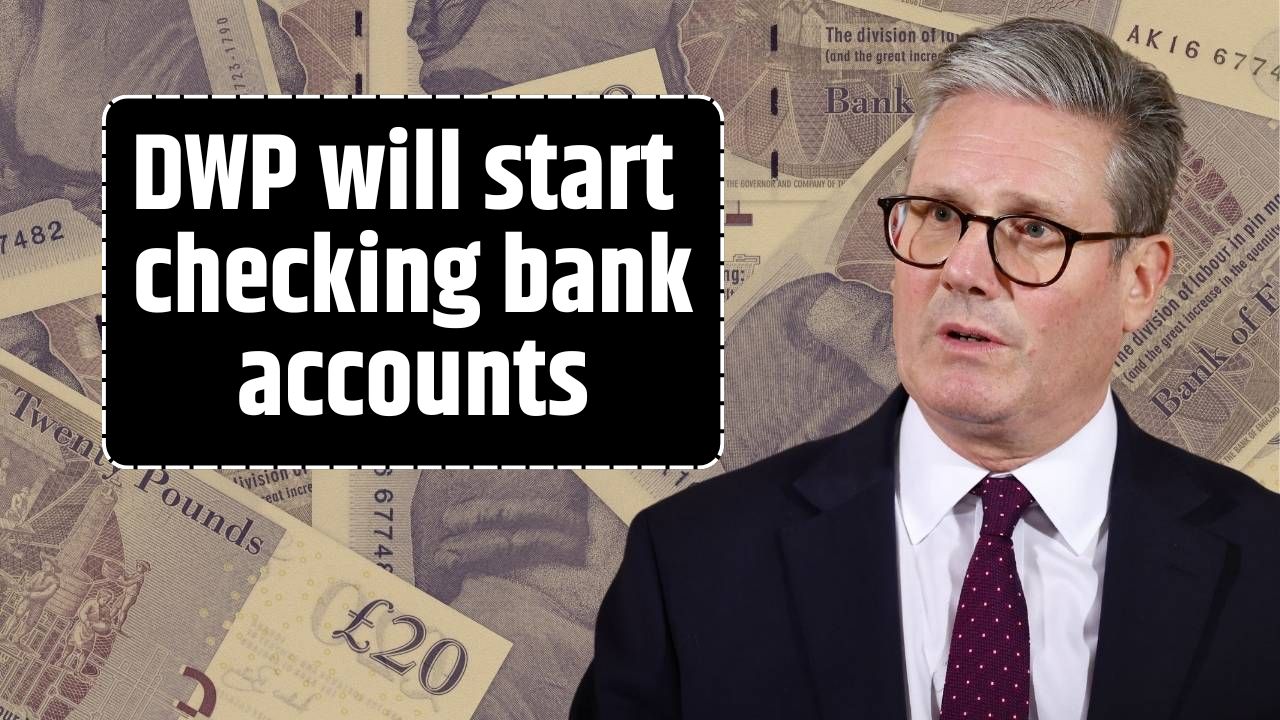It started as a whisper — a rumor passed between office coffee breaks and Facebook threads — but it’s getting louder now. The U.S. government is seriously considering raising the retirement age again, in what officials frame as a “necessary step” to keep Social Security afloat. Translation: the trust fund that pays your future benefits is running on fumes.
According to projections from the Social Security Administration (SSA) and Congressional Budget Office, the system will run short of reserves by 2031, forcing the government to pay only about 80% of scheduled benefits unless major changes happen. Their fix? Make people work longer.
Why the Push to Delay Retirement
Here’s the cold math: Social Security now pays out more each year than it collects in taxes. The so-called trust fund — once a healthy reserve — is draining fast as the U.S. population ages and birth rates slow. Add longer life expectancy and decades of political paralysis, and you’ve got a system stretched to the limit.
The government argues that by raising the Full Retirement Age (FRA) — currently 67 for anyone born after 1960 — they can “stretch” the program. Fewer people would qualify for benefits at once, and those who keep working would continue paying into the system longer.
Officials call it an inevitable adjustment. Critics call it what it is: a disguised benefit cut. Because if you can’t wait until the new FRA and claim early, your monthly check shrinks — permanently.
Who Gets Hit the Hardest
Not everyone can keep working into their 70s. For millions of Americans in physically demanding jobs — construction workers, nurses, warehouse staff — retiring early isn’t laziness; it’s survival. If the retirement age moves up, they’ll either face reduced benefits for a longer period or work until their bodies give out.
And here’s the kicker: the burden won’t be evenly spread. Wealthier professionals who sit at desks, have private pensions, or enjoy better healthcare can adapt. Blue-collar workers, minorities, and lower-income earners? Not so much.
| Group | Impact of Higher Retirement Age | Reason |
|---|---|---|
| Manual laborers | Severe | Physical toll makes late retirement unrealistic |
| Office/professional workers | Moderate | Easier to extend careers |
| High-income earners | Low | Access to private savings, flexible work |
| Low-income earners | High | Dependence on Social Security as main income |
| Disabled or chronically ill workers | Extreme | May lose access or face deep benefit cuts |
As one labor advocate put it: “It’s easy to raise the retirement age when you’ve never lifted a box for a living.”
The Politics Behind the Numbers
In Washington, the debate has turned into a class and ideological showdown. Republicans generally argue that raising the age is the most realistic fix, given demographic realities. Democrats and advocacy groups counter that it’s effectively a hidden cut — forcing people to either wait longer or accept less money.
Both camps know one thing: doing nothing means insolvency within the decade. But agreeing on how to fix it? That’s another story.
Meanwhile, the government continues to spend billions elsewhere while ordinary workers are told to “tighten their belts.” You can feel the frustration simmering: we pay in our whole lives, and now we’re told it’s not enough?
The Other Options on the Table
Raising the retirement age isn’t the only lever. Economists are floating three main paths:
- Raise revenue — Increase payroll taxes or lift the income cap on taxable earnings (currently $168,600). Right now, a millionaire stops paying Social Security tax after earning that amount, while a teacher pays all year.
- Cut benefits — Reduce payouts or change the formula for cost-of-living adjustments (COLAs).
- Do both — The “compromise” that rarely satisfies anyone.
Progressive lawmakers have pushed to eliminate the earnings cap, a move that could significantly bolster Social Security without touching the retirement age. But, as usual, that proposal faces stiff opposition from business groups and conservative lawmakers.
As the SSA’s actuaries note, even small tax adjustments could close much of the funding gap. Yet, raising taxes on high earners isn’t exactly a political crowd-pleaser in an election year.
What Happens Next
Right now, the proposal to raise the retirement age is just that — a proposal. No official number or timeline has been approved. The current discussions point toward incremental increases, potentially moving the FRA from 67 to 69 or even 70 over the next few decades.
Still, that’s little comfort for millennials and Gen Z workers, who already suspect they’ll never see full benefits anyway. The idea of “working until 72” isn’t a dystopian meme anymore — it’s a policy draft.
The government faces a brutal balancing act: financial sustainability vs. social justice. Raising the age helps the math, but it punishes those least equipped to bear it. Lowering it wins public favor but accelerates insolvency.
In short, they’re trying to square a circle that’s been decades in the making.
FAQs:
What is the current Full Retirement Age (FRA)?
It’s 67 for people born in 1960 or later. You can still claim benefits as early as 62, but you’ll receive less each month.
Has the government approved a new retirement age?
No. It’s only a proposal under discussion. Any change would require new legislation.
Why is the government considering raising the age?
Because the Social Security trust fund is projected to run out around 2031–2033, prompting officials to look for ways to stretch its lifespan.









